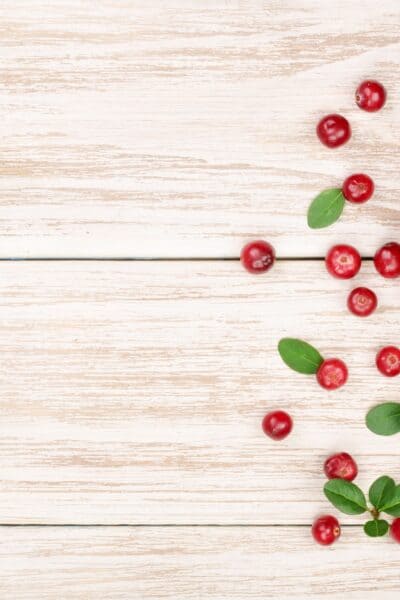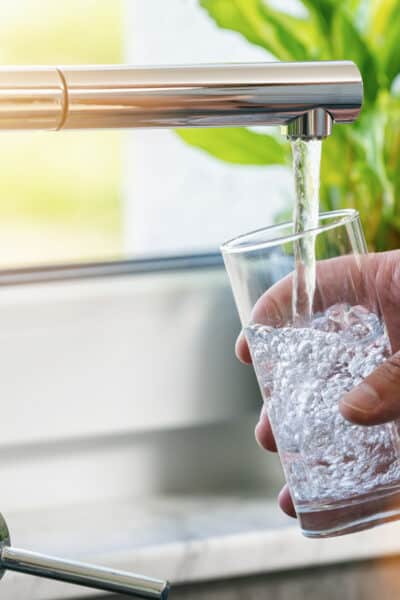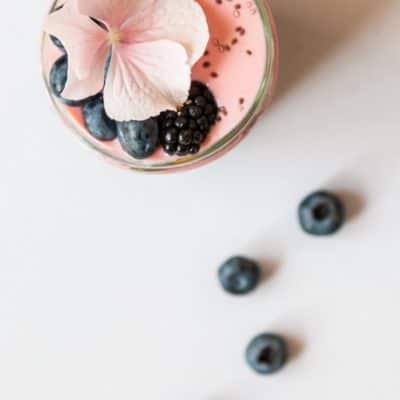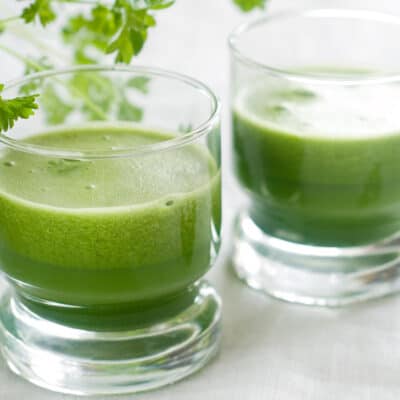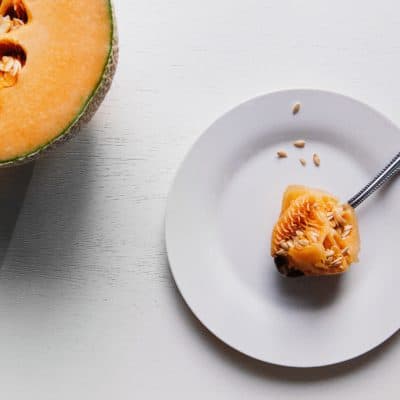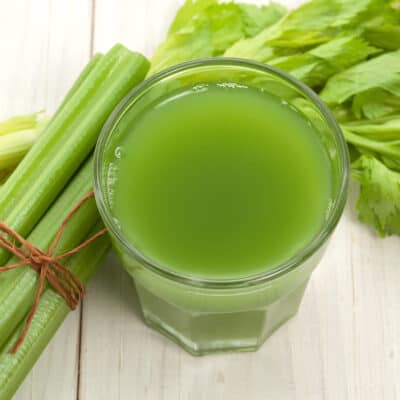In my post about macrominerals, we learned how minerals are the building blocks of the body and are absolutely necessary for the body to function properly. Our bodies cannot heal or repair without minerals! When we become mineral deficient, illnesses and symptoms arise and affect our quality of life.
The macrominerals (calcium, potassium, sodium, magnesium, phosphorus, and chloride) are no more important than the microminerals (also called trace minerals); they are just present in our bodies in larger amounts. Trace minerals are elements needed in very small amounts – but amounts that are critical to our health and to bodily functions. There are 92 known elements, and just a few will be touched on in this post (iron, manganese, chromium, zinc, iodine, selenium, copper, and silica). Science is just beginning to scratch the surface of the interrelationship of these minerals and how they play a role in the health of the human body.
Why do we need minerals? They are essential to keep our bodies in balance and good health. We burn through minerals when we are stressed, exposed to toxins, come in contact with chemicals, and fight off viruses and bacteria. They are part of enzymes, hormones, and cells in the body, and are a crucial part of our cellular building blocks. Minerals keep the adrenals and kidneys going. They help create hydrochloric acid, which is vital for our stomachs to break down food and perform other bodily functions. These tiny building blocks also keep the heart pumping, assist with creating neurotransmitters, and even keep our bodies from overheating. Each have diverse tasks. For example: Iron is best known for ferrying oxygen throughout the body. Zinc helps blood clot, is essential for healthy cell reproduction and bolsters the immune system. Copper helps form several enzymes, one of the which assists with iron metabolism and the creation of hemoglobin, which carries oxygen in the blood.
Did you know most of us are mineral deficient? Our bodies are craving these minerals. So how can we get more? One important way is to eat more organic, unprocessed, whole foods straight from the garden. Fruits and vegetables are loaded with minerals in their own water content. Therefore, it’s imperative to eat fresh fruits and vegetables. I believe it’s fair to say no whole foods have “too much” of anything. Nature keeps a perfect balance of nutrients. The difference between “just enough” and “too much” of the trace minerals is often tiny. Unprocessed, unaltered food is a safe source of trace minerals. If you take supplements, it’s important to make sure you’re taking safe levels of pure or whole food supplements. They can be harmful if they are synthetic, which is part of the reason why I have created the Resources page to share the products I have personally vetted to make sure they are the best quality for your health. (See below for specific recommended supplements.)
4 Foods to Flood Your System With Minerals:
Celery juice
Celery is technically an herb, not a vegetable. It contains cofactor micro trace minerals. This powerful herb raises the PH levels in the body and rids it of unwanted acid in the body. Juice it and eat it. Read more about the miracle of celery juice here.
Cucumber
This lean green machine is very hydrating on the deepest level. Cucumber juice is the best for hydrating and cleaning out stagnant organs in the body. Juice it and eat it.
Burdock root
This fabulous root has almost every trace mineral. It is available to eat, as a tea, tincture, or capsules.
Parsley
This wild food remineralizes the body and is easy to grow and consume. Drink it with my family’s favorite recipe, eat it, make it into a tea, or take it in a capsule or tincture.
The Microminerals Vital for Our Health
Iron
Why we need it:
Iron produces hemoglobin and myoglobin, which are proteins that carry oxygen – this is necessary for energy metabolism. Iron also assists with holding a healthy pregnancy, focusing, mood, athletic performance, and proper growth. This mineral provides strength to the immune system. It is an important factor in various enzymatic systems; without iron, our bodies would slow down or shut down completely.
When we become deficient in iron, we can feel weakness and fatigue, shortness of breath, dizziness, strange cravings for eating foods that aren’t food (such as dirt, ice, or clay), and a tingling or crawling sensation in the legs. Iron deficiency can also manifest as pale skin, tongue swelling, cold hands and feet, a fast or irregular heartbeat, and headaches. Anemia is mistaken as iron deficiency, but is actually typically caused by underlying chronic viral infection from the Epstein-Barr Virus. Contracting mononucleosis leads to iron deficiency as EBV travels into the spleen, liver, and bone marrow. This can affect the blood and interfere with the accuracy of blood tests. The popular remedy for anemia is to take iron supplements; however, not all supplements are created equal. It is important to know which are most helpful. Iron in the correct amounts is good for you, but viruses love to feed on this metal. Almost all cases of anemia are caused by a low-grade viral infection, so avoid iron supplements that are not plant-based.
An important note about iron:
Critical to maintaining iron in the body are zinc and vitamin B12. When we do not have enough zinc and B12 of the correct kind, our body cannot hold iron. Most people are iron deficient due to their bodies fighting a virus or bacteria and burning through their zinc and B12 faster than they can get it. We just don’t want enough B12 for our blood; we also need it for our nervous system. B12 tests only measure how much B12 is in your blood and not your nervous system. Most people are very deficient of B12 in the nervous system.
How to get it:
Dried fruits and leafy greens, walnuts, pistachios, almonds, pumpkin seeds, sesame seeds, sprouts, squash seeds, turnips, broccoli, potato, blueberries, raisins, dried apricots, dried peaches, prunes, wheat germ oil. (Food levels of vitamin C aid in the absorption of iron).
Manganese
Why we need it
Manganese regulates our blood sugar and enhances the absorption of calcium. It also plays a role in the production of connective tissues and bones, and is thus an important part of healthy connective tissue and cellular integrity. It is part of the antioxidant system in the mitochondria, and helps activate and synthesize important enzymes and nutrients necessary for skeletal health. Manganese is involved in metabolism, bone development, and the creation of collagen for wound healing. Manganese is also needed to assist the adrenals and help the thyroid rebalance.
How to get it
Cloves, oats, brown rice, garbanzo beans, spinach, pineapple, pumpkin seeds.
Chromium
Why we need it
Chromium enhances the action of insulin and is important for regulating blood sugar. It also helps regulate the fat metabolism in the liver. Chromium is a must for Type 2 diabetes, hypoglycemia, thyroid dysfunction, and adrenal fatigue.
How to get it
Tomatoes, beans, broccoli, oats, barley grass, kale, spinach, romaine and spirulina.
Zinc
Why we need it
Did you know most of us have a severe zinc deficiency? Zinc is the foundation of the immune system. There are over 300 different enzymes that require zinc for the body to function “normally.” Zinc is needed for making protein and DNA materials. It has a function in taste perception, wound healing, normal fetal development, production of sperm, normal growth, and sexual maturation. When your white blood cells attack a virus, they use zinc as their “bullets.” Viruses and other pathogens deplete zinc because the body is trying to fight the infection using all the zinc reserves it has. We do not recycle zinc. A molecule of toxin is bound to zinc to be excreted from the body.
When we are deficient in zinc, it can manifest as spots or white spots on the nails, grooves in nails, cracked heels, low immunity (poor health), infertility issues, growth and development problems, impotence, mental slowness, allergies, thinning hair, leaky gut, acne, and rashes.
How to get it
Flax seeds, peas, pumpkin seeds, sesame seeds, watermelon seeds, wheat germ oil, cashews, oatmeal, almonds. Two pure supplements I recommend at this time are Eidon (mild) and Good State (stronger).
Iodine
Why we need it
Iodine helps regulate growth, development, and metabolism. It kills pathogens (viruses and bacteria). When we are deficient in iodine, thyroid hormone production slows down, leading to weight gain and sluggishness. It can also manifest as depression, PMS, early menopause and autoimmune disorders.
How to get it
Dulse, kelp, algae, and other sea vegetables.
Selenium
Why we need it
This mineral is extremely important for healthy blood flow. It produces prostaglandin, which is a group of cyclic fatty acid compounds that have various roles, one of which includes uterine contractions. Selenium increases immunity, defending against free radical damage and inflammation and reducing and repairing DNA damage. It also boosts the productivity of antioxidants and helps reduce asthma symptoms.
When we are deficient in selenium, it can manifest as mental fatigue, reproductive disorders, weakening of the heart, hair loss, low immunity, fatigue, heart palpitations, and thyroid disorders.
How to get it
Brazil nuts, sunflower seeds, asparagus, mustard greens, sesame seeds, flax seeds, cabbage, garlic, broccoli, and swiss chard.
Copper
Why we need it
Copper is needed for iron metabolism and facilitates iron absorption to help formulate hemoglobin and red blood cells. Copper also assists the thyroid. Most of us have too much of the wrong kind of copper in our bodies, due to old piping and contaminated waters.
How to get it
Nuts and seeds, sesame seeds, cashews, avocado, mushrooms, sunflower seeds, garbanzo beans, lentils, walnuts, lima beans.
Silica
Why we need it
Silica is found in connective tissues, skin, blood vessels, cartilage, bones, teeth, tendons, nails, and hair, and is needed to keep all of these healthy. It gives elasticity to the skin. Silica is necessary for the health of blood vessel walls – particularly the aorta of the heart, which has very high concentrations of silica in its arch. It helps the pancreas heal when the body has diabetes. Silica is involved in the formation of healthy bone tissue and collagen, which are the framework which makes the body “stick” together – without which the body would fall apart! Silica is the anti-aging mineral, and is particularly needed as we age because our silica levels become very low. Silica can remove waste material, toxins, and heavy metals in the body. It also helps prevent illness and infection.
When we are deficient in silica, it can manifest as tooth decay and softening, brittle bones, hardening of the arteries, and the skin can age quickly and hair can become brittle.
How to get it
Bananas, raisins, grapes, cucumbers, radishes, barley grass, burdock root, mineral water, green beans, carrots, lettuce, alfalfa, millet, oats, onions, leafy greens, beets, and horsetail.
Recommended Supplements/Sources
It is important to note that having too much of one major mineral or synthetic minerals can result in a deficiency of another. These sorts of imbalances are usually caused by overloads from impure supplements rather than food sources. After each mineral in this article, I list the food source in which it can be found. See the Resources page to see supplement brands I trust. If you’re unsure about which supplements to take for your symptoms and the dosages your body specifically needs, I am happy to consult with you.
- Burdock root
- Vitamin B12
- Zinc
- Spirulina
- Dulse
- Silica
- Iron
- Selenium
- Daytime Vitamins & Minerals (good for kids)
- Nighttime Multi-Mineral (good for kids)
Mineral-Rich Recipes
Nourishing Winter Lentil Bowl (The Miracle of Minerals – Part 1)
Healing Foods to Cleanse Your System
See these muffin recipes for a boost to your morning!
Blessings!
*Disclosure: This post contains affiliate links. At no cost to you, I may earn a small commission from the sale of these products.

